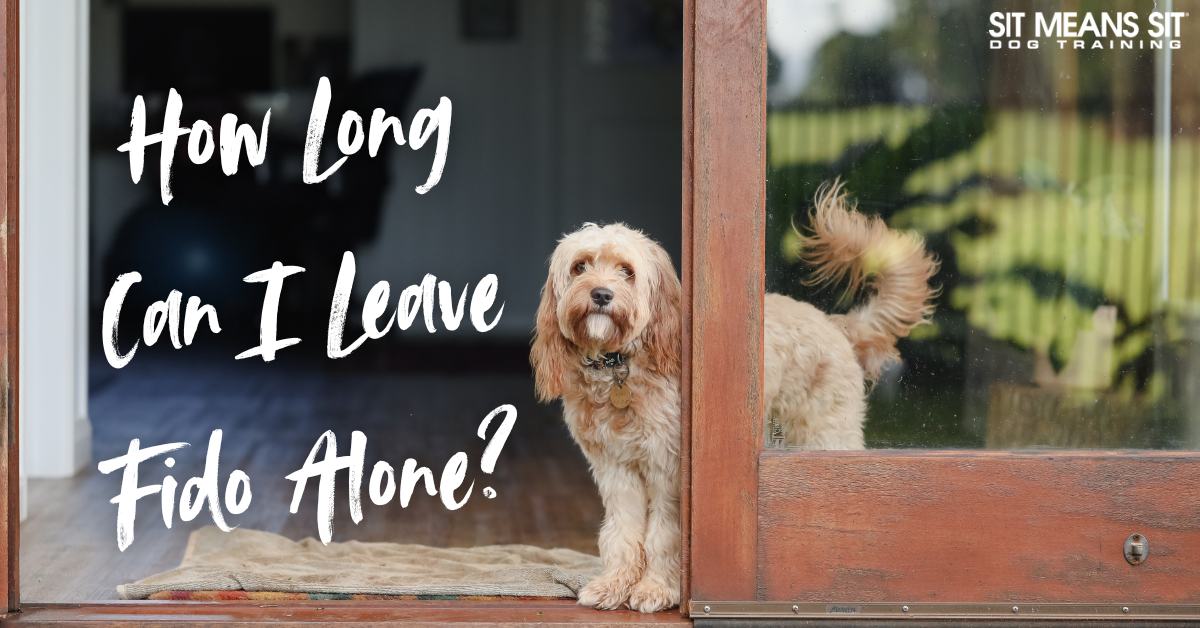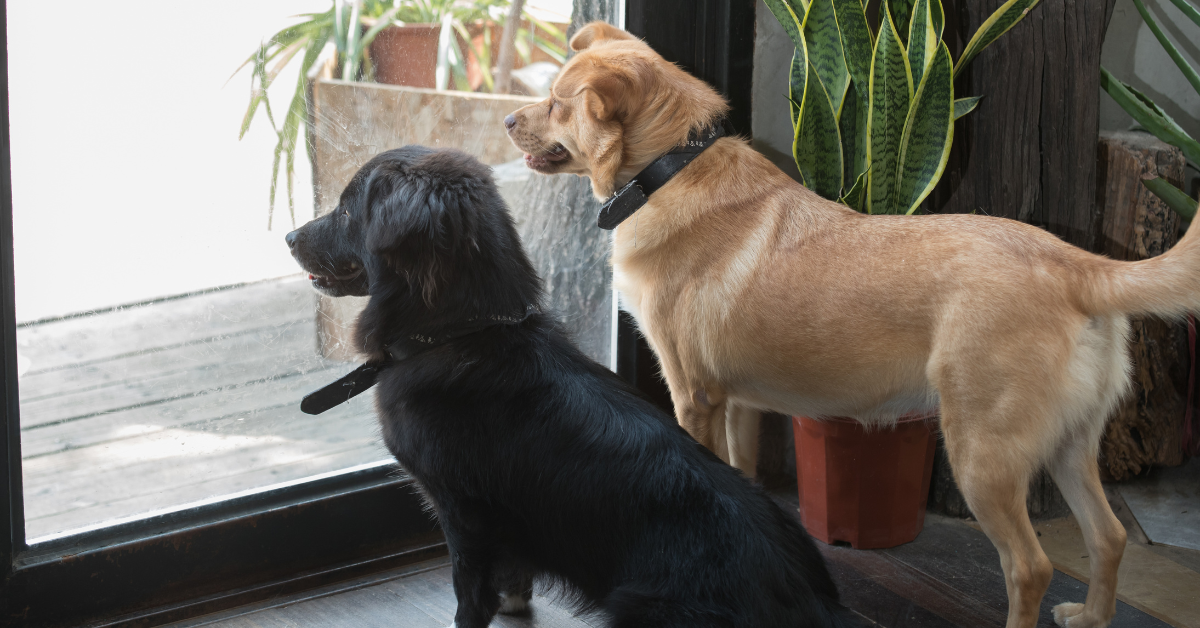
How Long Can You Safely Leave Your Dog Alone?
As dog owners, we all want to provide the best care for our furry friends! One common concern is determining how long it’s safe to leave your pooch alone. While each dog is unique, a few general guidelines help ensure your pet’s happiness and well-being!
Understanding Your Dog’s Needs
Every dog has a personality and needs that can affect how they handle being alone. Puppies and younger dogs typically require more attention and frequent bathroom breaks, while older dogs might be more independent but still need companionship and regular care. Knowing your dog’s specific requirements is vital in ensuring they feel secure and comfortable while you’re away!
General Guidelines for Time Alone
Puppies (up to 6 months old): Puppies have smaller bladders and more energy, so they shouldn’t be left alone for more than 2-3 hours at a time. Regular potty breaks and playtime are essential during this stage.
Adult Dogs (1-7 years old): Adult dogs can generally be left alone for about 4-6 hours. This time frame varies based on your dog’s size, breed, and temperament. Active breeds may need more exercise and mental stimulation, so consider hiring a dog walker or providing interactive toys if you plan to be away longer.
Senior Dogs (7+ years old): Older dogs may have more health concerns, like arthritis or incontinence, which could require more frequent check-ins. Typically, they can handle being alone for about 2-4 hours, depending on their health and comfort level.
Ensuring a Positive Experience
To make your dog’s alone time more pleasant and less stressful, consider these tips:
- Create a Comfortable Space: Set up a cozy area with their favorite bed, toys, and access to water. This will help them feel secure and comfortable!
- Provide Mental Stimulation: Puzzle toys, treat-dispensing toys, and other interactive options keep your dog entertained and mentally engaged.
- Establish a Routine: Dogs thrive on routine, so try to maintain a consistent schedule for feeding, walks, and alone time!
- Review Alternative Options: If you have a busy schedule, consider enrolling them in doggy daycare or hiring a dog walker to provide companionship and exercise.
Signs Your Dog May Need More Attention
Pay attention to your dog’s behavior. If they show signs of anxiety, such as excessive barking, destructive chewing, or accidents in the house, it may indicate that they need more interaction and stimulation. Adjusting your schedule or seeking professional advice from a veterinarian or dog behaviorist may help address these issues.
While every dog is different, understanding and respecting their needs ensures they are happy when left alone! With the proper preparation and care, you can create a positive environment that keeps your furry friend content until you return home.

Remember, your dog loves being with you, and by providing a safe and engaging space, you’re helping them feel secure even when you’re not there!
Check out these related blogs for additional pet owner questions!
What is Resource Guarding in Dogs?
